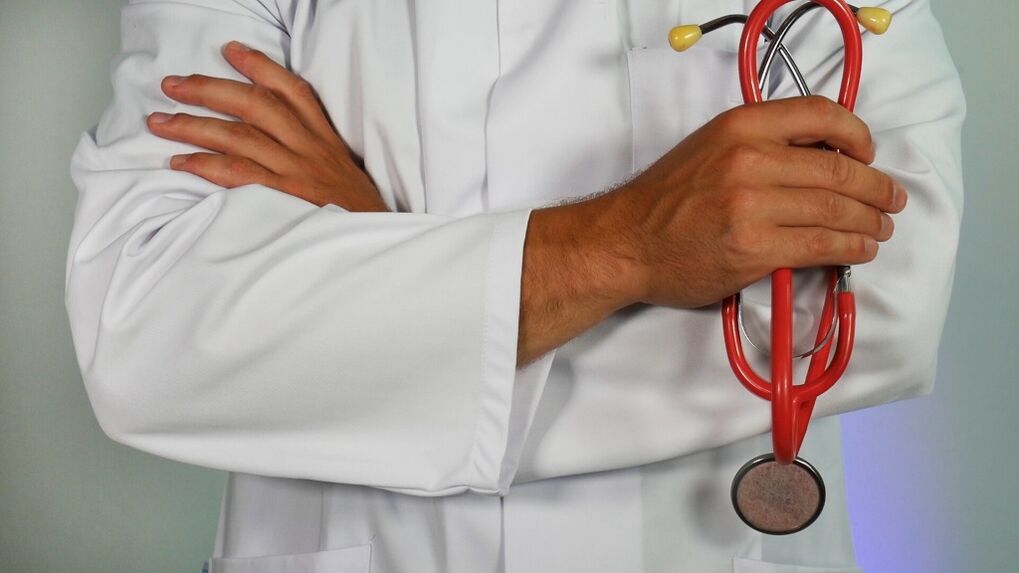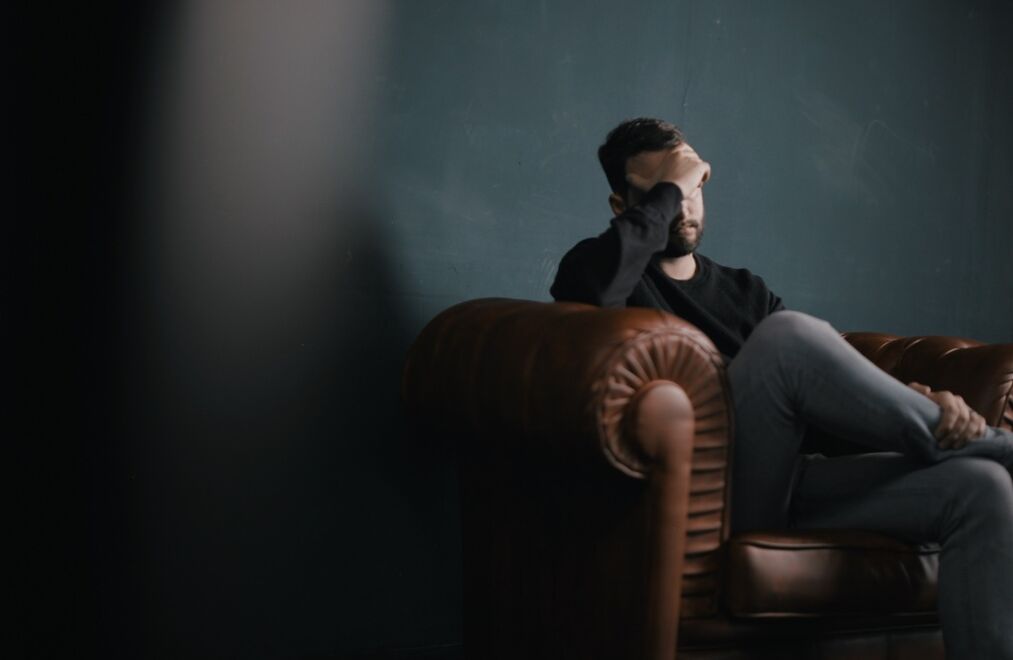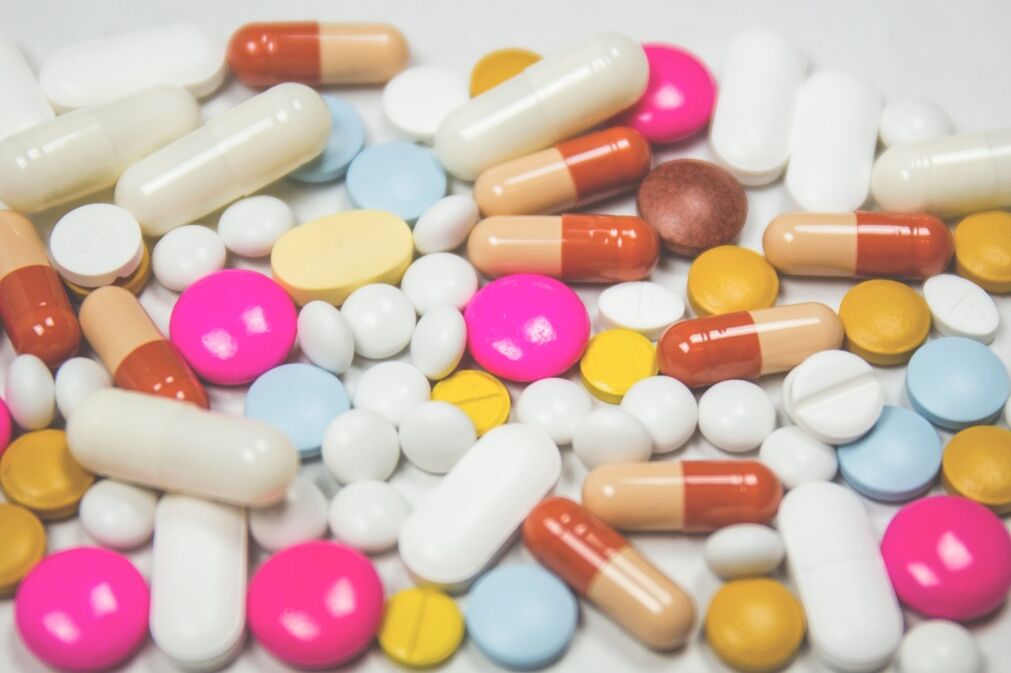What is prostatitis?It is the most frequent urological disease in men against the background of prostate inflammation caused by pathogenic (certainly causes the disease) and conditionally pathogenic infection.

In most cases, young, sexually active men is a complication of low systemic or asymptomatic PPI.The reason for the development of prostatitis may be: Trichomonas, Gonococci (causing gonorrhea), chlamydia, ureaplasma, mycoplasma.Among the organisms that are not related to STI, E. coli, faecal enterococcus and more.Are of great importance.
According to the modern classification, there is:
- Acute prostatitis.
- Chronic bacterial prostatitis.
- Chronic prostatitis (chronic pelvic pain syndrome) with signs of inflammation.
- Chronic prostatitis (chronic pelvic pain syndrome) without signs of inflammation.
- Asymptomatic prostatitis (asymptomatic) chronic prostatitis.
Currently, in most cases, we have to deal with the latest category of prostatitis in men, since in recent years trichomoniasis, chlamydia, ureaplasmosis and mycoplasmosis have acted a leading role in the structure of the APIs, which initially greater cases have no manifestations, ie.They do not bother a person in any way.And only after a long time they manifest themselves as a complication - prostatitis.
It must be said that asymptomatic prostatitis is detected in the greater part of patients who come simply for the examination of PPI, in sexual partners of women with PPI, and in patients with infertility.
Causes of prostatitis
As a rule, prostatitis is diagnosed when:
- reduced physical activity (sedentary lifestyle);
- Dysthremia of sex life (prolonged sexual abstinence, is often replaced by hyperactive sex life);
- alcohol abuse;
- chronic constipation;
- As a result of infection with STI -urethrogenic prostatitis, ie.occurring when infections enter the prostate from the urethra;
- due to the penetration of pathogens from foci of chronic infection (chronic tonsillitis, sinusitis, kidney disease, etc.);
- For diseases of the rectum (hemorrhoids, anal fissure, paraproctitis) - endogenous prostatitis.This explains the detection of E. coli in most cases of chronic prostatitis.

Symptoms of prostatitis in men
It begins with an increase in temperature to 39-40 ° C with fever and chills, difficulty urinating, pain and burning during urination;In severe cases, due to swelling of the tissue of the gland, acute retention of urine occurs - a condition that requires surgery.
It continues without manifestations.It is found mainly in patients looking for a PPE examination after careless sexual contact.It has also been found in patients who have come to study as sexual partners of women with PPI or in patients with sperm.
Manifestos:
- Discomfort and pain in the lower abdomen, perineum, sometimes patients note that the pain is emitted to the head of the penis or to the urethra.
- Urine disorders.Often, painful urination, a feeling of unfinished urination (often with hypothermia), urination one to several times at night, difficulty urinating and weakening the flow of urine.
- Sexual function disorder.Pain and discomfort during ejaculation, pain in the urethra and rectum, weight loss or loss of orgasm, etc.
- Changes in the ability to fertilize semen.
- As a result, the increased anxiety and nervousness of the patient, which is caused by hyperfixation of attention on his or her condition.
Complications of prostatitis
In the absence or inadequate treatment of prostatitis, the following complications may occur:
- Transition of acute prostatitis to chronic.
- Acute urine retention (the patient cannot urinate for a long time) may require surgery.
- Development of male infertility.
- Formation of scars and adhesions in the urethra with subsequent narrowing.
- Development of bladder inflammation (cystitis).
- Inflammatory kidney disease (pyelonephritis, etc.).
- The appearance of purulent prostate inflammation in men (prostate abscess), which requires surgery.
- Sepsis (penetration of infection into the blood with subsequent damage to organs and systems of the whole body) is a huge, life -threatening complication.It develops more frequently in patients with reduced immune system function, in patients with diabetes mellitus, patients with chronic renal failure in patients with AIDS, etc.
Prostatitis diagnosis
The diagnosis of prostatitis is carried out in patients with characteristic complaints, as well as in patients with identified PPI and identified infertility.
Diagnosis includes:
- Digital prostate examination (through the rectum) with the collection and examination of prostate secretion (juice) when the presence of inflammation in the gland is detected.
- Urinary examinations: general analysis, 2 or 4 glasses of urine, bacteriological examination (detection of prostatitis pathogens), cytological examination (detection of cancer).
- Urooflowetry: evaluation of urine flow characteristics, its amount, flow, duration of urination.
- Ultrasound examinations for the detection of residual urine, organic prostate lesions, formal signs of prostatitis.
Sometimes, to diagnose prostatitis and to exclude cancer, the following are prescribed further:
- Spermatode trials.
- Prostate biopsy.
- PSA blood test (for cancer detection).
- Computed tomography of the pelvic organs.
- Nuclear Magnetic Resonance Research of the pelvic organs, etc.

Prostatitis
Treatment for bacterial prostatitis caused by STI is not an easy task.Adequate and timely therapy leads to a complete category of this category of prostatitis after complete elimination (disappearance) of STI pathogens in most patients.It is worth saying that the complete treatment of prostatitis caused by vulgar infection (not STI) occurs in only 30% of cases, despite the achievements of modern medicine.In these cases, the goal is to achieve a stable remission of the disease.
Modern treatment of prostatitis includes:
- Antibacterial therapy for at least 2 weeks, sometimes up to 1-2 months or more.
- Treatment of pain syndrome (anti -inflammatory drugs in the form of suppositories, injections, tablets).
- Treatment of urine disorders (α-1-blockers, 5-α-reductase blockers).
- Physiotherapy methods of treatment (magnetic therapy, laser therapy, etc.).
- Prostate massage.
Patients are also recommended to make lifestyle changes, namely:
- Regular sex life without sexual excess;
- giving up alcohol and a sedentary lifestyle;
- mandatory use of barrier contraception;
- Treatment of digestive tract diseases that cause stool retention, etc.























